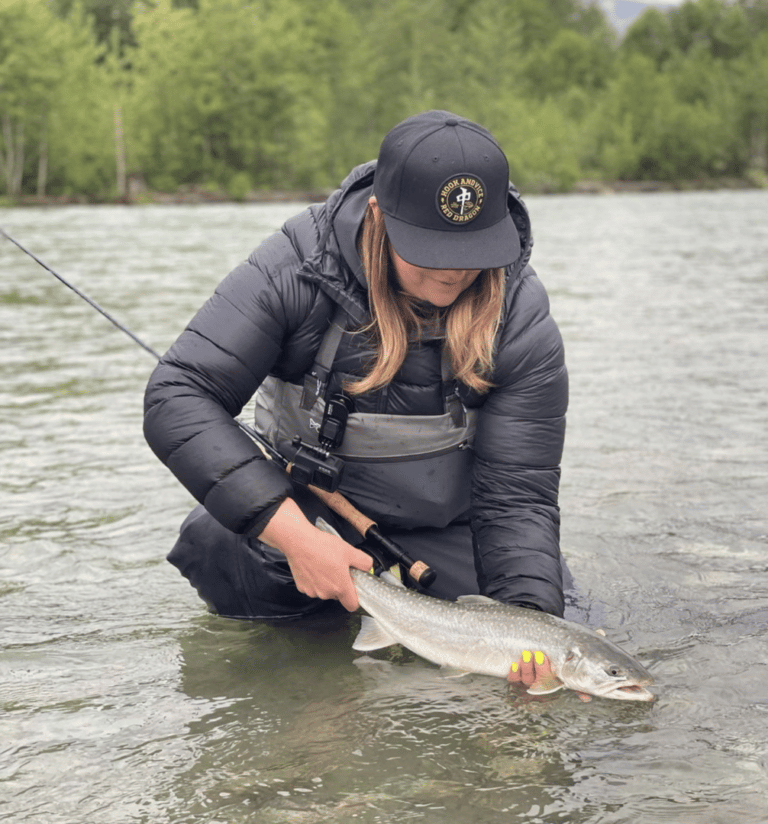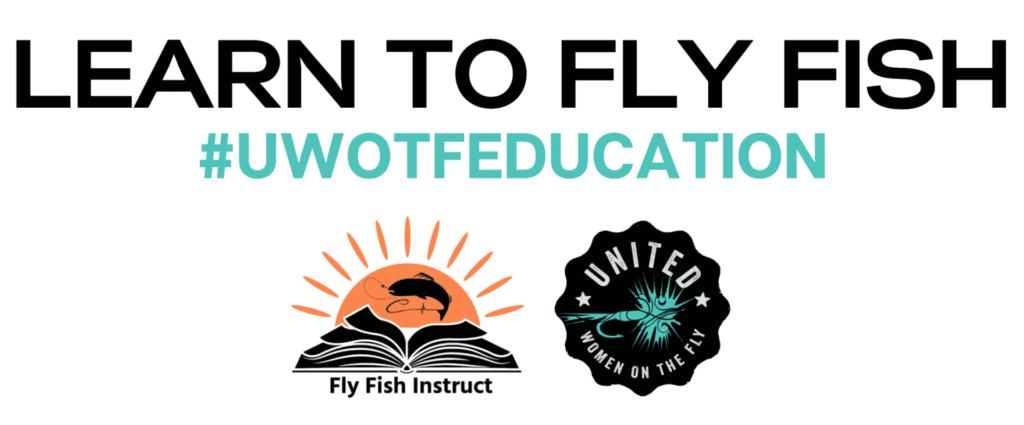Kat lives in Langley, BC. She’s a Library Learning Commons Teacher and is defending her Doctoral degree in Educational Practice with a focus on fly fishing narratives and educational practice. She started fly fishing in her teens and fishes with Nora, her dog and her dad. When she’s not fishing or teaching she’s writing about fishing.
Kat helps share “Best Practices” when choosing to catch and release.
Refrain from Exhausting the Fish
Refrain from exhausting the fish. Pay attention to water temperatures, especially in the summer months. Don’t play a fish for long. Bring it to the net, keep it in the water at all times and keep picture lifts to 10 seconds or less.
Barbless Hooks. Period.
Know your regulations. In British Columbia there are few lakes left that allow barbed or treble hooks. Despite most retailers still selling barbed hooks and promulgating a culture of unknown first time anglers to use them. Freshwater lakes in BC require single hook barbless. Better for you, better for the fish.
Dehook Fish in the Water
Use barbless hooks and dehook fish in the water. Using hemostats, remove the hook while the fish is still submerged and in the net. Always check your hook afterwards to ensure proper crimping of the barb and any re-adjustments. Nothing worse than losing the next one due to a bent hook.
Keep handling to a minimum
If you choose to hold the fish for a photo, be mindful of the location of the heart. Let the fish recover back in the water and allow it to leave rather than simply tossing it back in or sending it off, only to find it floating back up to the surface.
When you Know Better, you Do Better
When you know better, do better. Seek out education where and when you can. Fish with like-minded people.




